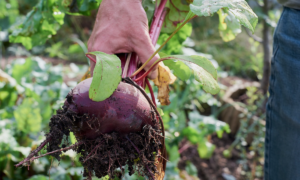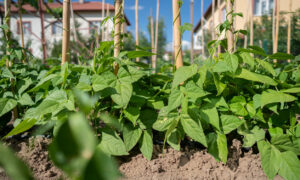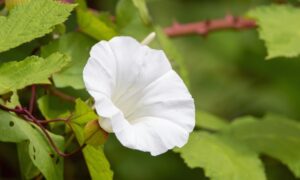We independently research, review, and recommend the best products. If you buy something through our links, we may earn a commission. Learn more.
Winter is a crucial time for trees. The harsh, unforgiving weather, combined with a lack of leave coverage, can make any tree more susceptible to damage from pests and diseases.
One simple way to protect your trees during the winter is by giving them a ‘winter wash’. As you might expect, this involves removing the dirt, dust, and debris that may have built up on the tree’s bark and leaves. Not only does this help prevent pests and diseases, but it also allows for better air and light penetration, which can help the tree stay healthy.
A winter wash is something I always make a point of doing during the colder months. Here, I’ll take you through a step-by-step guide on how to winter wash trees, as well as some tips for managing different types of trees.
How do I winter wash my trees?
To start winter washing, begin by gathering the necessary materials. These will include a a bucket of warm water, a brush or cloth, and a mild detergent or a winter tree wash formula. I personally recommend Vitax Winter Tree Wash, but there any plenty of great products available for this very task!
The tree should be washed by starting from the top and working your way down. Gently scrub the bark and branches with the brush or cloth, paying attention to areas where dirt has built up. If you spot any pests, make sure you’re applying a trusted winter wash formula.
Once you’ve finished scrubbing the tree, rinse it with clean water, ensuring all excess debris has been removed from the base of the tree.
Here’s my personal 7-step approach:
- Gather your materials, including a winter wash formula and garden sprayer
- Start at the top of the tree and work downwards towards the base, spraying onto the tree directly
- Gently scrub the bark and branches with the brush or cloth, paying close attention to areas where you can see a lot of dirt or debris
- If you see any pests, spray your winter wash formula directly onto the problem area
- Rinse the tree with clean water
- Thoroughly inspect the tree for any signs of pests or diseases
- Repeat the process as needed throughout the winter months (November-February)
How to wash different types of trees
Fruit Trees
Fruit trees require a mild detergent that’s safe for edible plants. Since it’s made from a blend of natural plant and fish oils, Vitax Winter Tree Wash is ideal. When washing, be sure to pay extra attention to the fruit-producing areas of the tree where pests often gather.
Ornamental Trees
Ornamental trees are often more delicate than fruit trees, so it’s essential that you use a mild formula made from natural oils. It’s also important to be mindful of any unique features, such as delicate blossoms or foliage. Take extra care to avoid doing any damage.
Large Trees
To cover large trees, you may have to use a pressure washer, placed at a low setting. Be careful to avoid damaging the bark or branches.







